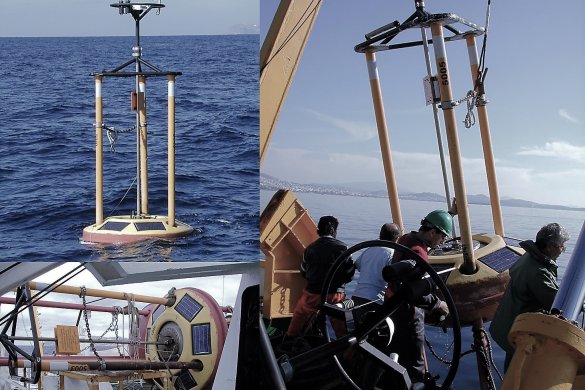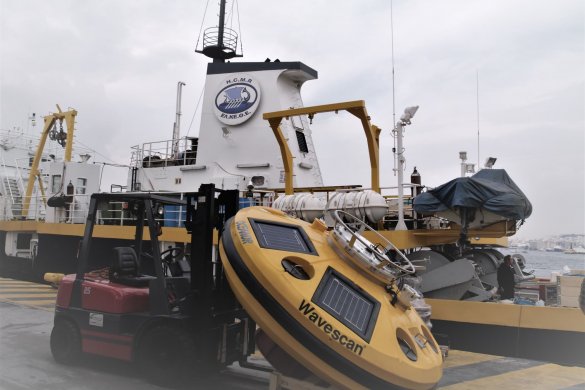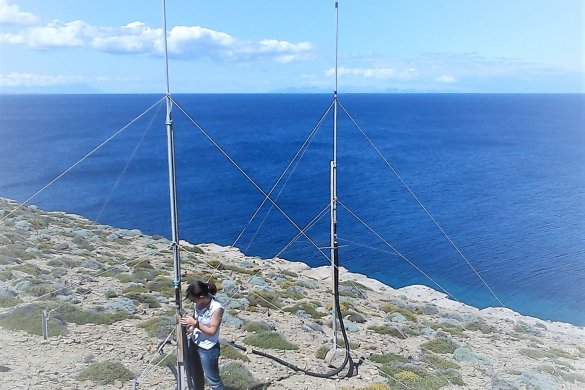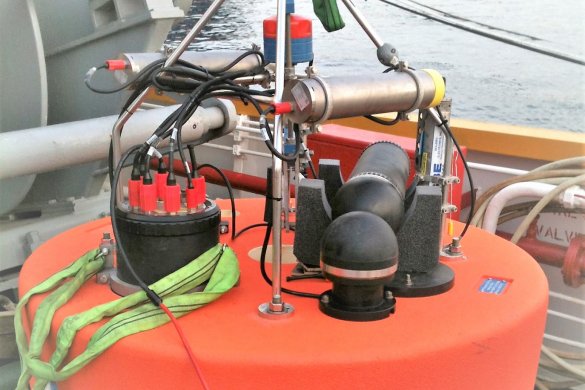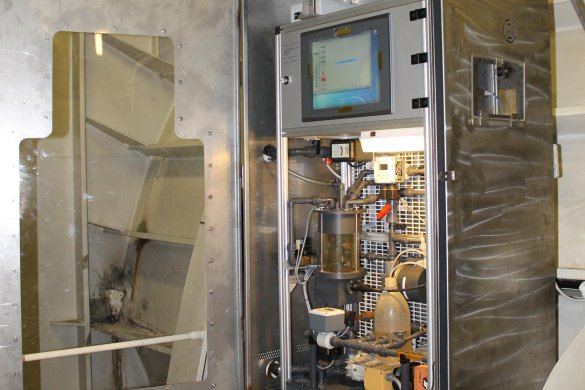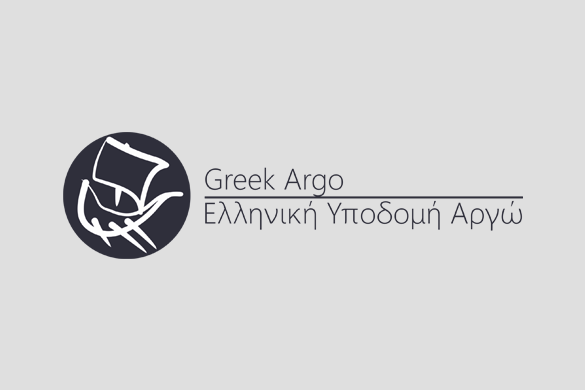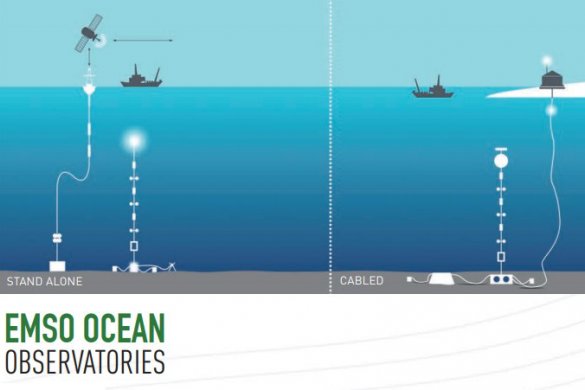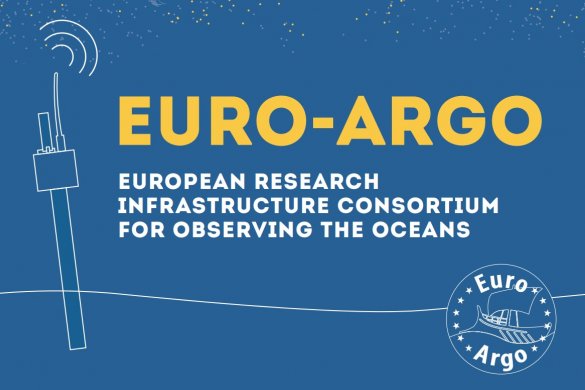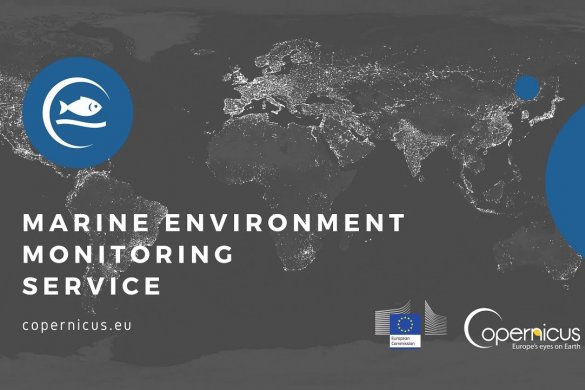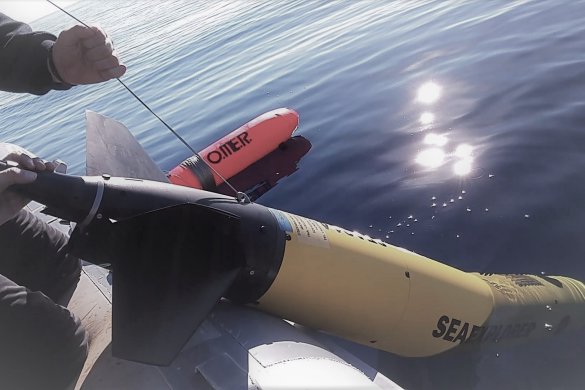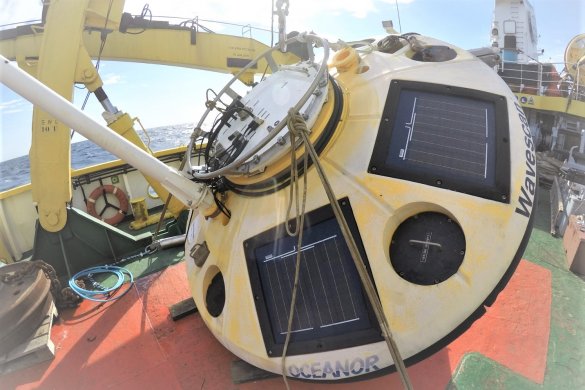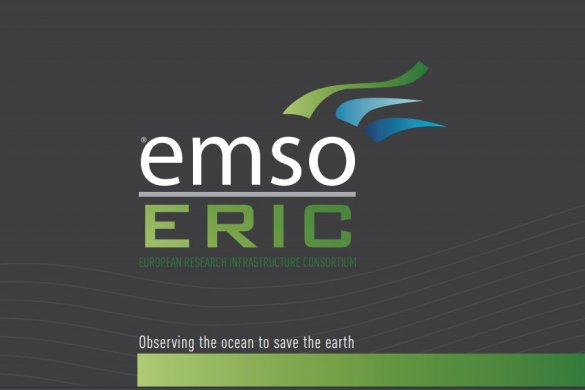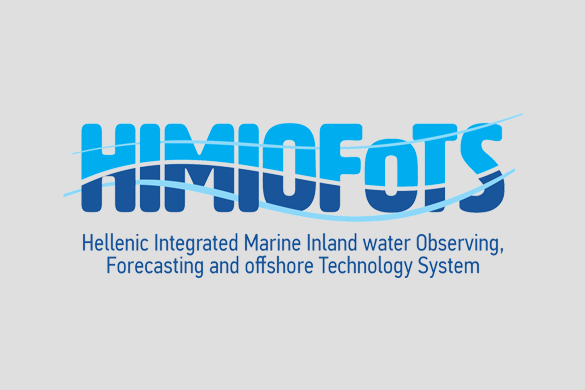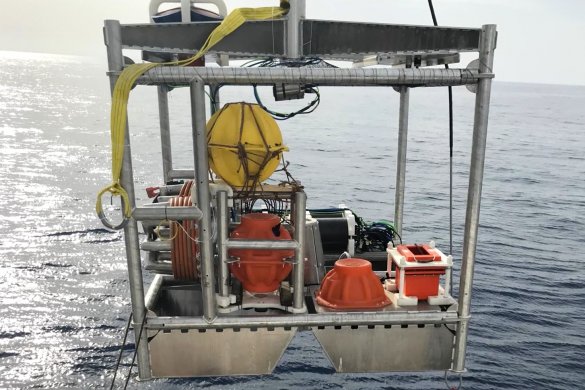POSEIDON system: Over two decades of continuous evolving
Ocean observatories are long-term infrastructures dedicated to multiple in situ observations, from air-sea interface to the ocean bottom and the water column, which are maintained over long timescales and can provide critical data for delivering marine weather and ocean services, to ensure safe and efficient maritime operations, and improving response efficiency for extreme events and emergencies. Moreover, they can increase our understanding of ocean processes, deliver further insight into ocean variability, provide scientific assessments to enable environmental prediction and adaptation to climatic change and contributing to a sustainable management of the oceans and coastal areas. POSEIDON system is such an observatory research infrastructure of the Eastern Mediterranean basin, for the monitoring and forecasting of the marine environment, supporting the efforts of the international and local community and replying to the needs and gaps of science, technology and society.
The POSEIDON general aims are: (a) to establish a sustainable marine observing network in the Eastern Mediterranean, (b) to provide quality and validated forecasts of the marine environment, (c) to provide scientific knowledge and support on the study of the ocean mechanisms and their variability, as well as to address the sensitivity of marine ecosystem and biodiversity to combined natural forcing factors and anthropogenic pressures, and (d) to provide a technology test bed and services to marine policy-makers and the society. The system is being developed in accordance to the policy frameworks suggested by IOC/GOOS, EuroGOOS, MonGOOS and GEO while it maintains a balance between the operational and research character of the infrastructure through the integration of methodologies and tools developed in relevant EU initiatives and projects.
The POSEIDON system consist of the following components:
- The observing system, which is composed by a network of moored buoys, two underwater gliders, a ferrybox system, a cabled observatory, a fleet of Argo floats, an HF radar system and a repeated cruises based ecosystem monitoring program.
- The forecasting system which consists by a suite of numerical models that provide in daily basis atmospheric, wave, hydrodynamic and ecosystem forecasts for the next five days.
- The marine technology unit that provides the engineering and technical backbone to operate the observing facilities, while it is also responsible for the testing and integration of new technologies in the monitoring platforms.
- The data management and dissemination unit, which collects and process the data from the monitoring network and distributes the observing and forecasting products to the linked European Infrastructures and to the public.
Being in operation for over two decades, the POSEIDON observing system has been evolved from the initial founded buoy network into a multi-node integrated observatory, adjusting to the leading trends of marine science and technology, which can make use of data come from several platforms, providing the capabilities for ocean monitoring on multiple scales, ranging from ocean state to ocean variability.



